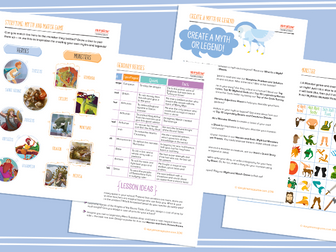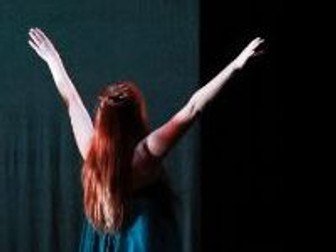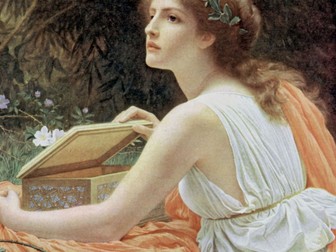
Writing for a Purpose: Myths and Legends KS2+
"Writing for a Purpose: Myths and Legends” is an educational resource thoughtfully crafted to assist Key Stage 2+ children in comprehending the essential elements and objectives of crafting mythical and legendary stories.
This resource provides a comprehensive explanation of myths and legends and their primary features. A myth or legend is a form of storytelling that often involves gods, heroes, and extraordinary events, imparting cultural beliefs and values. The key components of this genre include creating a captivating mythical world, developing legendary characters, and crafting a narrative that weaves together imagination and cultural significance.
The resource also incorporates a sample myth or legend to illustrate how these elements can be effectively employed. The story features mythical elements, legendary characters, and a narrative that captures the essence of cultural beliefs.
Designed for integration into English lessons, this resource introduces children to the enchanting realm of myths and legends, offering guidance on constructing a compelling narrative. Teachers can utilize this resource to initiate discussions on the unique characteristics of mythical storytelling, provide tips on imaginative writing techniques, and present examples to inspire children in their creative writing endeavors.
Furthermore, this resource serves as a versatile tool for promoting cross-curricular writing. Children can apply the storytelling skills acquired from crafting myths and legends to create similar pieces in various subjects, injecting creativity into assignments related to history, literature, or other disciplines.
In summary, “Writing for a Purpose: Myths and Legends” is a valuable resource that aids children in developing their writing skills and understanding diverse writing genres, particularly the captivating art of storytelling through myths and legends.













